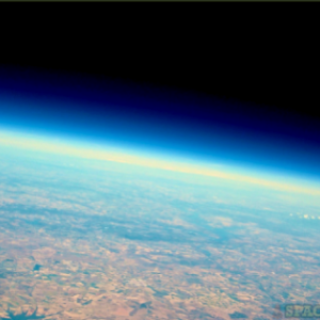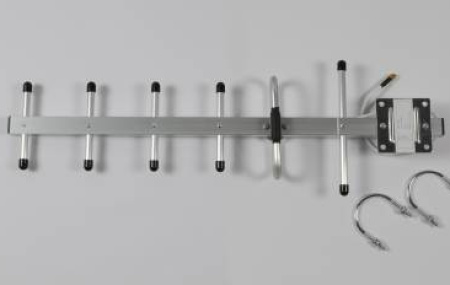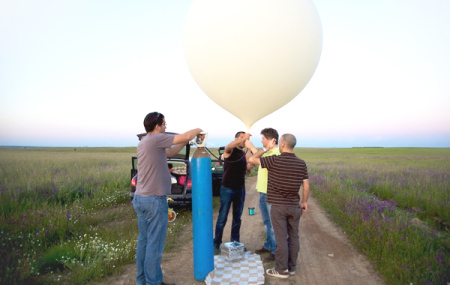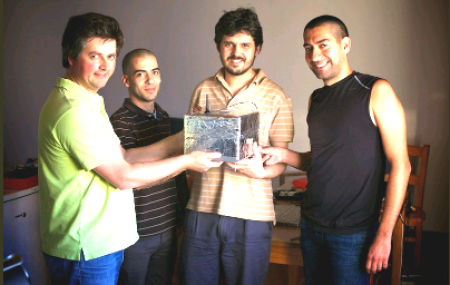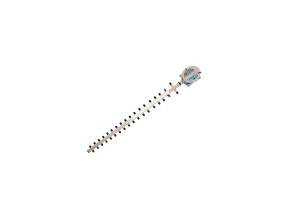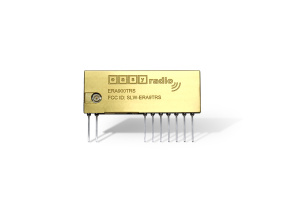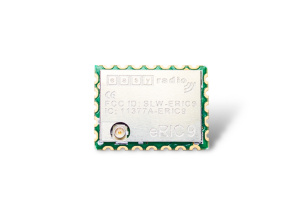Near Space Balloon Flight
Spacebits Near Space Balloon Flight
LPRS has provided a high sensitivity, directional Yagi antenna to four amateur space enthusiasts who have now managed five successful high altitude balloon flights into near-space.
LPRS, Europe's leading supplier of short-range radio devices, has provided a high sensitivity, directional Yagi antenna to four amateur space enthusiasts who have now managed five successful high altitude balloon flights into near-space. The balloon is fitted with a computer probe and digital cameras to send information back to Earth as live internet events.
What is Spacebits?
Spacebits is the brainchild of four technology enthusiasts from Portugal who have been inspired by recent amateur ballooning projects posted to the internet. Between them, Celso Martinho, Filipe Varela, Filipe Valpereiro and Fernando Afonso have a good working knowledge of the internet, programming, DIY and electronics. By day Filipe Valpereiro is a teacher and the other three work for a large Web News Portal. They met, and due to their common interests, became the Spacebits project team in 2009 at Codebits, a three day event featuring computer workshops, gaming and a programming and hacking competition.
The Goal
The goal for the Spacebits project was to launch a high altitude balloon (HAB) fitted with a computer probe into near space over Portugal. The helium filled balloon will go as high as 30,000 metres to the stratosphere, where it explodes. A probe then falls to Earth on a parachute for recovery and re-use.
HABs have been in use for many years by scientific institutions and universities and now with the availability of internet communication and low cost electronics, micro-controllers and sensors, DIY communities and individuals have been able to afford similar projects.
There have been a number of HAB flights in Europe and the USA in recent months. Spacebits set out to be different to the others by making the flight an internet event. The balloon sends it coordinates and sensor measurements live to the Spacebits website, where the flight can be followed on a real-time dashboard and an interactive map. Spacebits also Tweets its status and coordinates in real time to Twitter.
Spacebits Facts
- A Kaymont KCI 1500 meteorological balloon was used for the flight and it required 7,000 litres of helium.
- The payload box was limited to 1.5Kg to ensure the 30,000 metre goal was achieved.
- Operating temperatures at 10,000m are down to -50ºC and low pressure and condensation are issues.
- The payload has to survive in flight turbulence and landing impact at around 30Km/h.
- The main computer reads data from a 2-axis gyro and 3-axis accelerometer, barometric, temperature and humidity sensors, a compass module and optical dust sensor and a GPS sensor. The main computer also logs the information to an on-board SD card logger and sends radio signals back to Earth.
- Two digital cameras one fitted to the bottom of the payload box and the other on the side took continuous time-lapse images throughout the flight.
The motivation for the Spacebits team was just to prove they could build a successful HAB, send working instrumentation into near space and recover the payload at the end of the flight.
The first flight was carried out in May 2010 and the second was on the 11th of August. The second flight was carried out to overcome some technical problems with the first one and to prove the success of the project design. Despite an unplanned landing in the sea with a fortunate recovery five days later by a passer-by, the project was a complete success.
John Sharples, (former) MD of LPRS comments,
"Even by LPRS' standards this is an unusual project. We are very pleased to be associated with Spacebits and congratulate them on their remarkable success. LPRS are always willing to become partners in any wireless project. We like to share our 20 years’ experience of RF development and design with our customers; we become a part of their team."
The Spacebits Team
Third image - from left to right : Celso Martinho, Filipe Varela, Filipe Valpereiro, Fernando Afonso.
